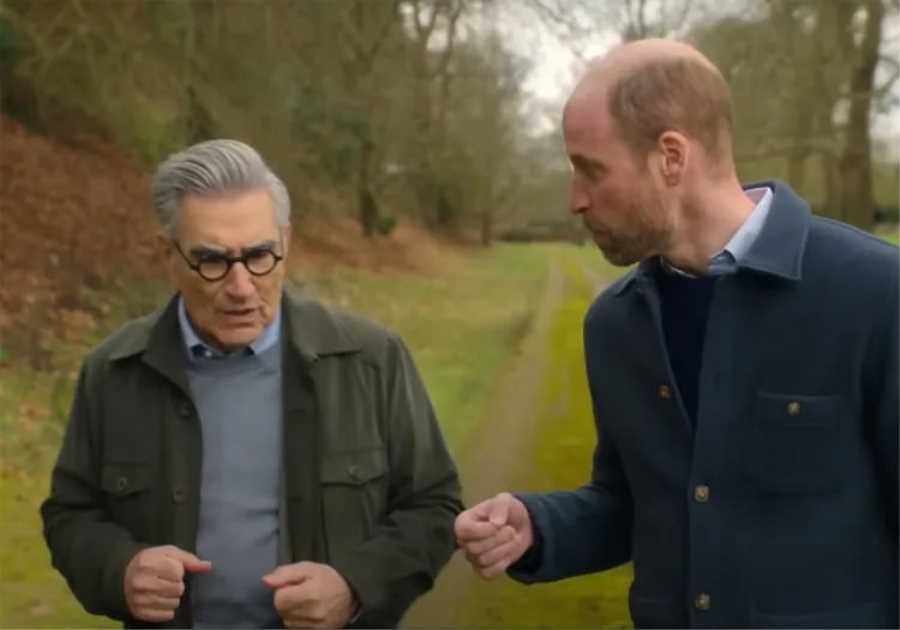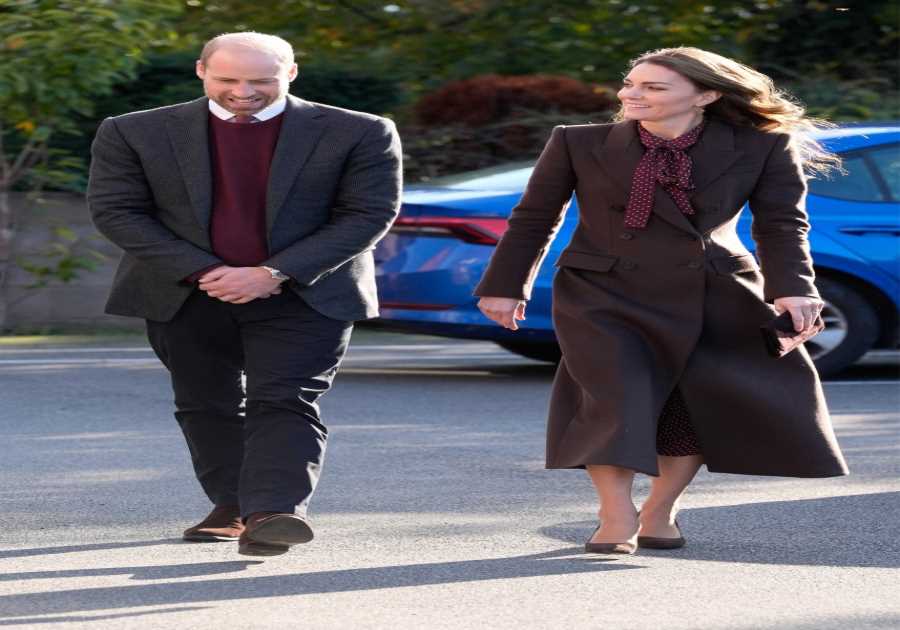SHOCK Netflix series Behind Her Eyes has stunned viewers with its dream-controlling characters.
But far from being a sci-fi fantasy, directing your own dreams can actually be done using just a few simple tricks, experts claim.
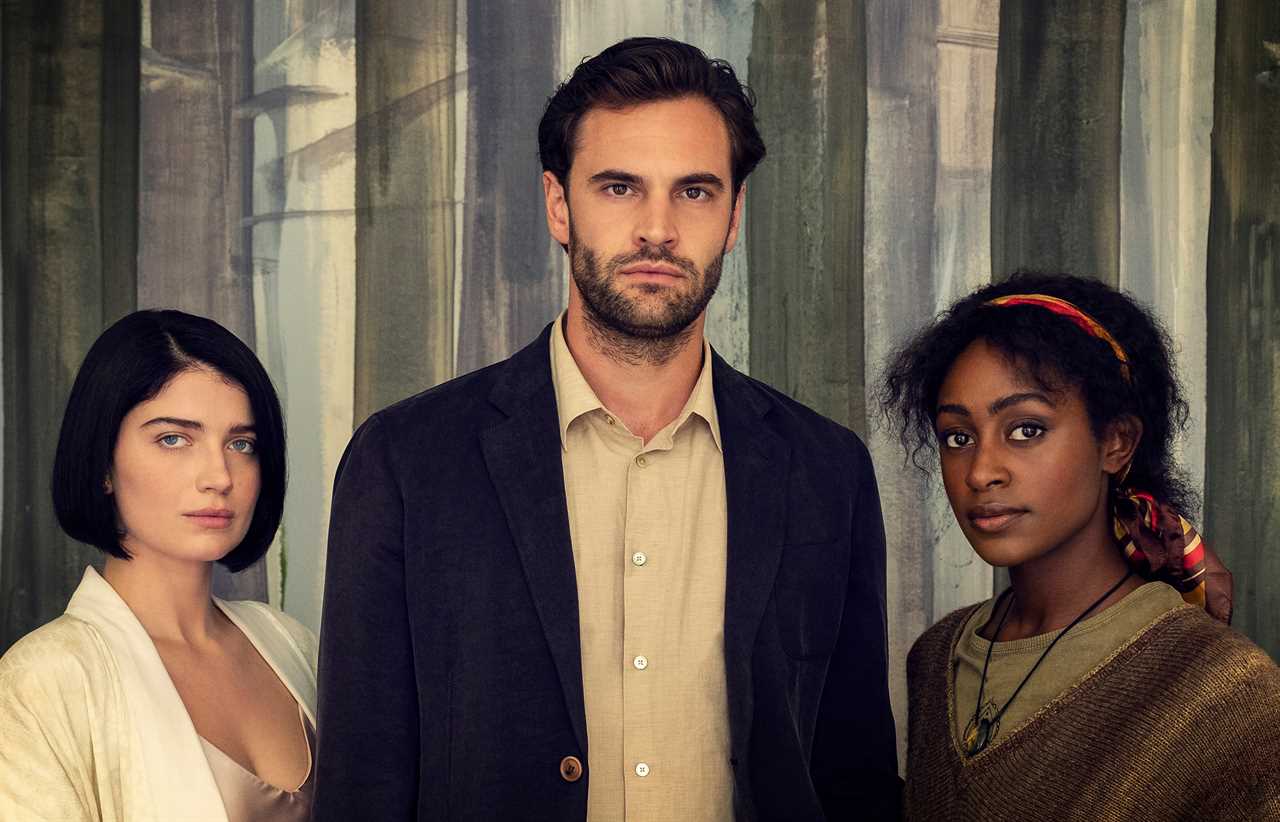
The Netflix series follows the twisted web of lies between a husband and wife, and his mistress
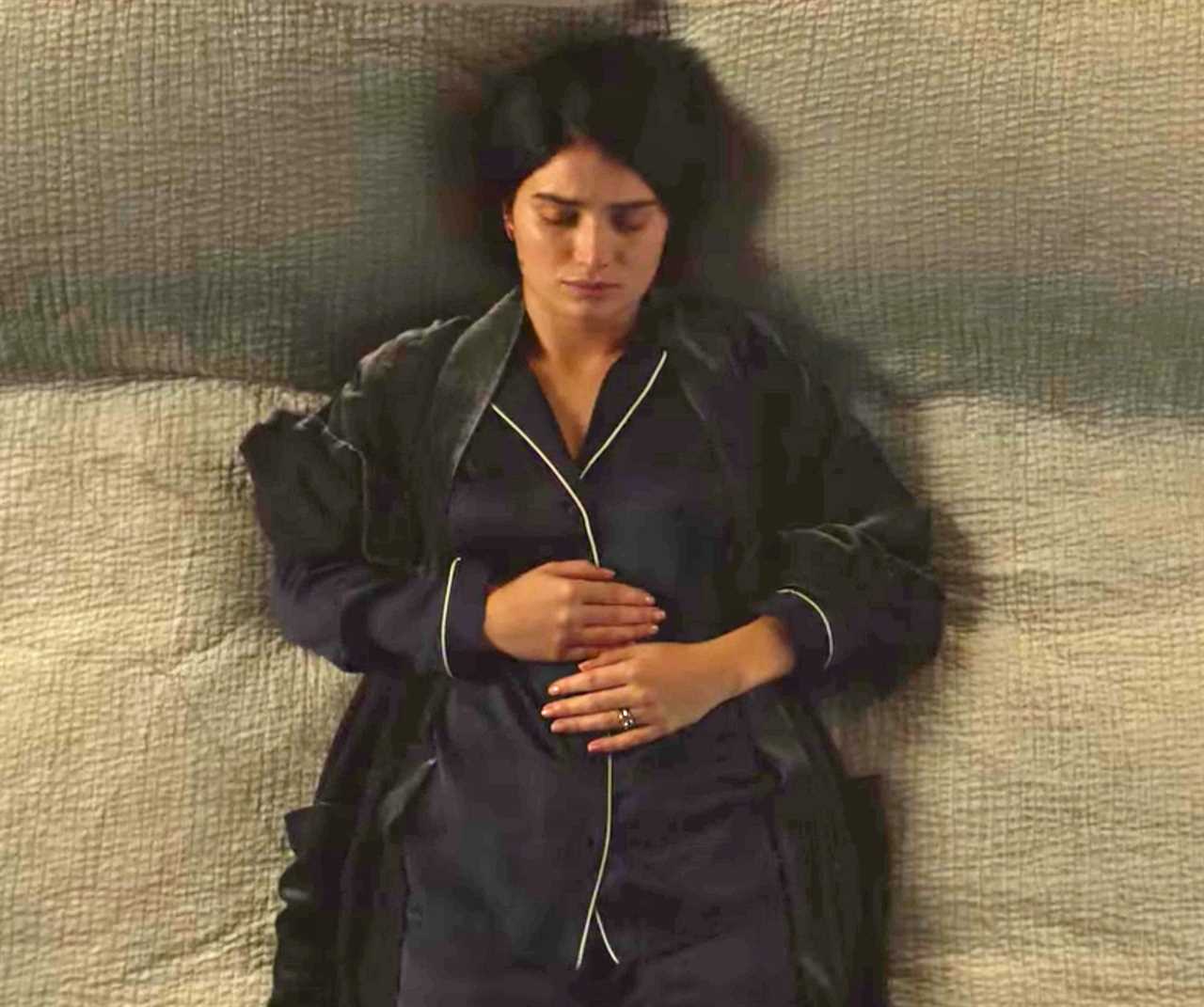
Troubled character Adele is played by Eve Hewson in the Netflix series
The psychological thriller, starring U2 singer Bono’s daughter Even Hewson, sees the main characters learn to manipulate their dreams, before eventually leaving their body completely.
While it may seem like dramatic fiction – and indeed, the series itself isn’t based on real events at all – the basic ability to have a form of control in your dreams is claimed by some to be a real talent, known as lucid dreaming.
In fact, people claim to be able to do everything from change the course of their dream – from the people in it to the place they are in – to even fly or breathe underwater.
And what many may associate with an ‘out of body experience’ – as seen in the series – is alternatively known as astral projection, and something the cast were given workshops on while filming the series.
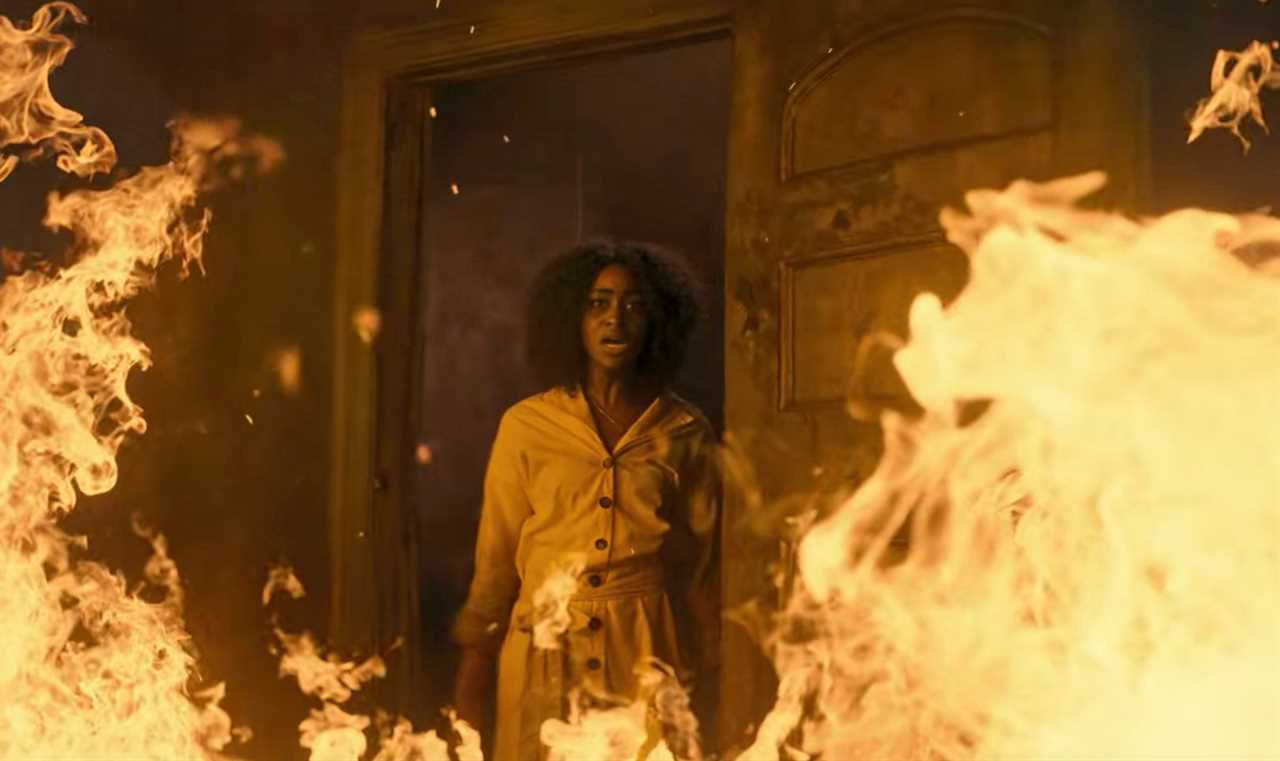
Louise begins to lucid dream in the series, with one of them seeing her in front of a raging fire
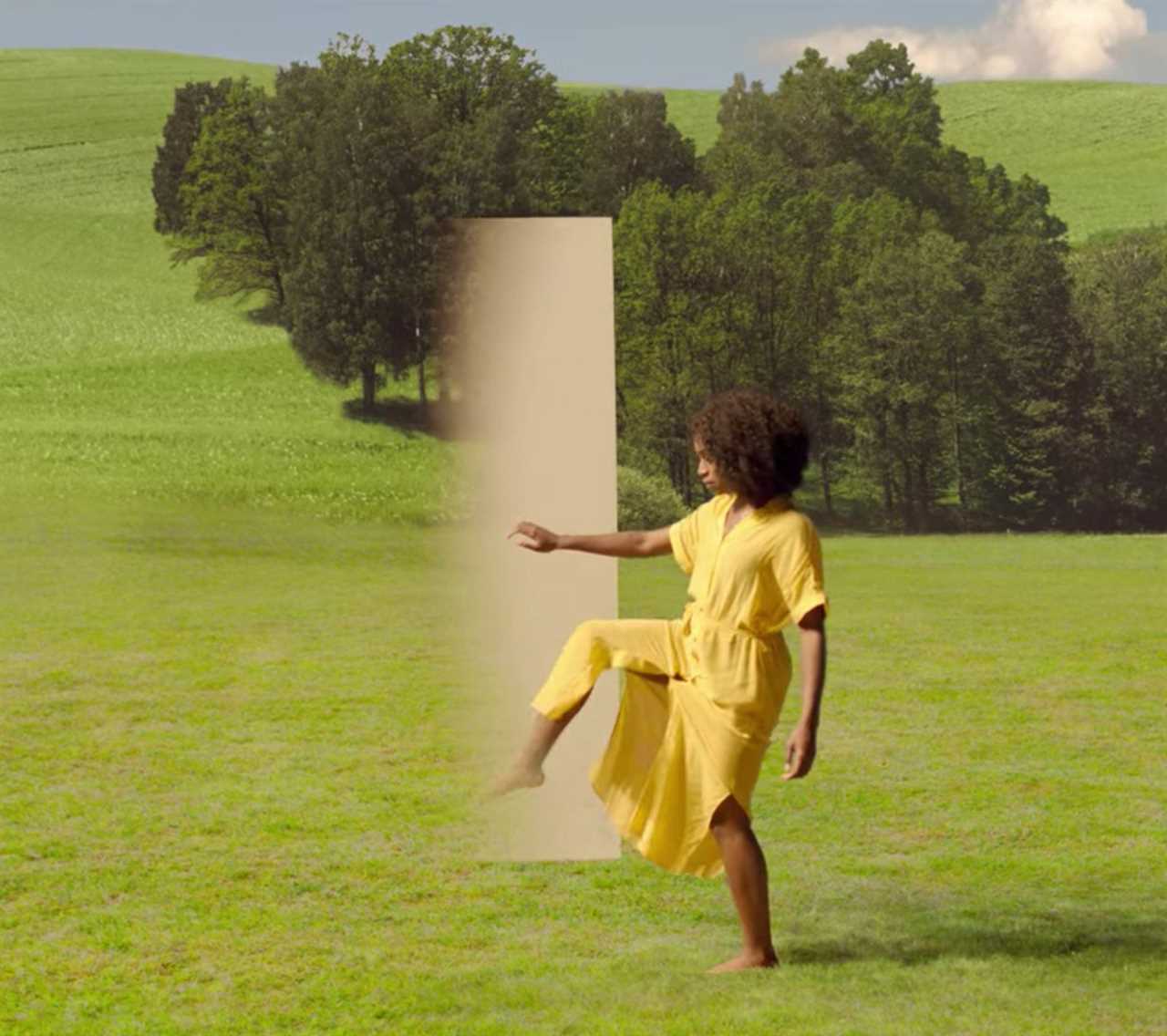
The fictional series sees Louise step through a door when she goes from lucid dreaming to astral projection – which isn’t how proponents say it happens in real life
Now the woman that consulted on Behind Her Eyes, “out of body experience teacher” Jade Shaw, and others, have revealed to Sun Online exactly how both lucid dreaming and astral projection are claimed to work…
‘You can jump off a cliff or dive through the floor’
Behind Her Eyes, originally a novel by Sarah Pinborough, follows Louise (Simona Brown), a single mother who works in a psychiatrist’s office.
She starts having an affair with her new boss, David (Tom Bateman), but without him knowing also strikes up a friendship with his wife, Adele (Eve Hewson).
What follows is a twisted web of lies and deceit, leaving viewers hanging at every turn, as Adele has continuous lucid dreams and eventually spies on her husband and friend through astral projection.
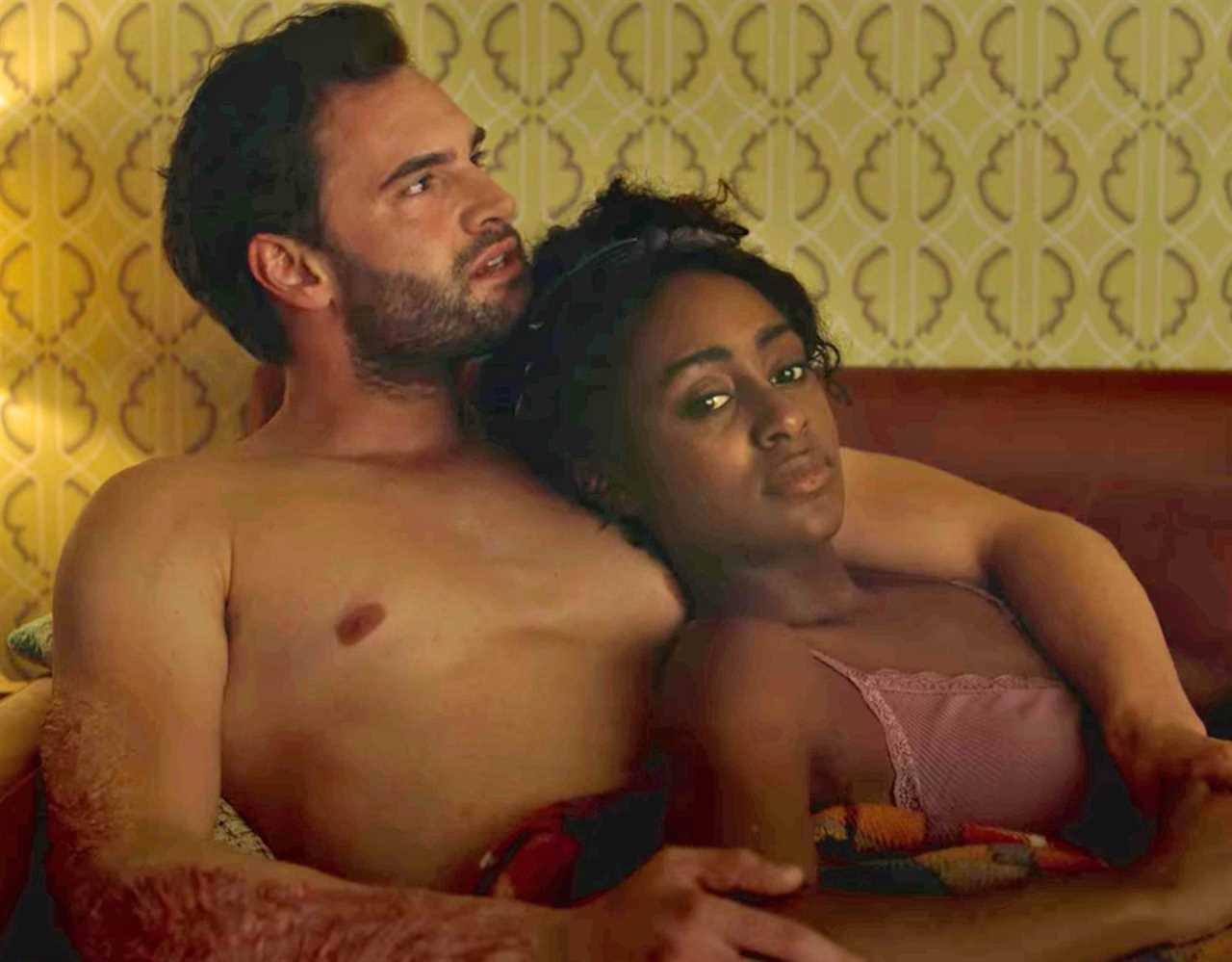
The plot of the series centres around Louise and David’s affair

The character of Rob plays a central part in explaining Adele’s fascination on astral projection
One person that knows all about lucid dreaming is Shaw, 36, from London, who was a consultant for the Netflix series and says she taught the cast some of the basic techniques.
She first had a lucid dream when she was just six years old, she says, but has more recently specialised in out of body experiences.
“[With lucid dreaming] you can fly around, change the environment, manifest things – Inception style – or even breath under water,” she claims.
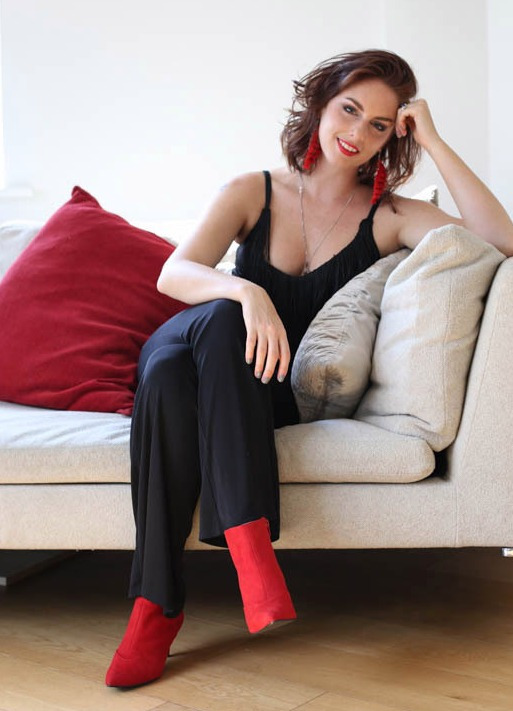
Jade Shaw has studied both lucid dreaming and astral projection
“You can jump off a cliff or dive through the floor, before going through the ground to the centre of the Earth.”
‘I opened the windows of my room and flew out’
Expert Achilleas Pavlou, 31, a research associate at the University of East Anglia, has studied lucid dreaming extensively.
He explains that it happens during rapid eye movement (REM) sleep, the state of sleep most commonly associated with dreaming.
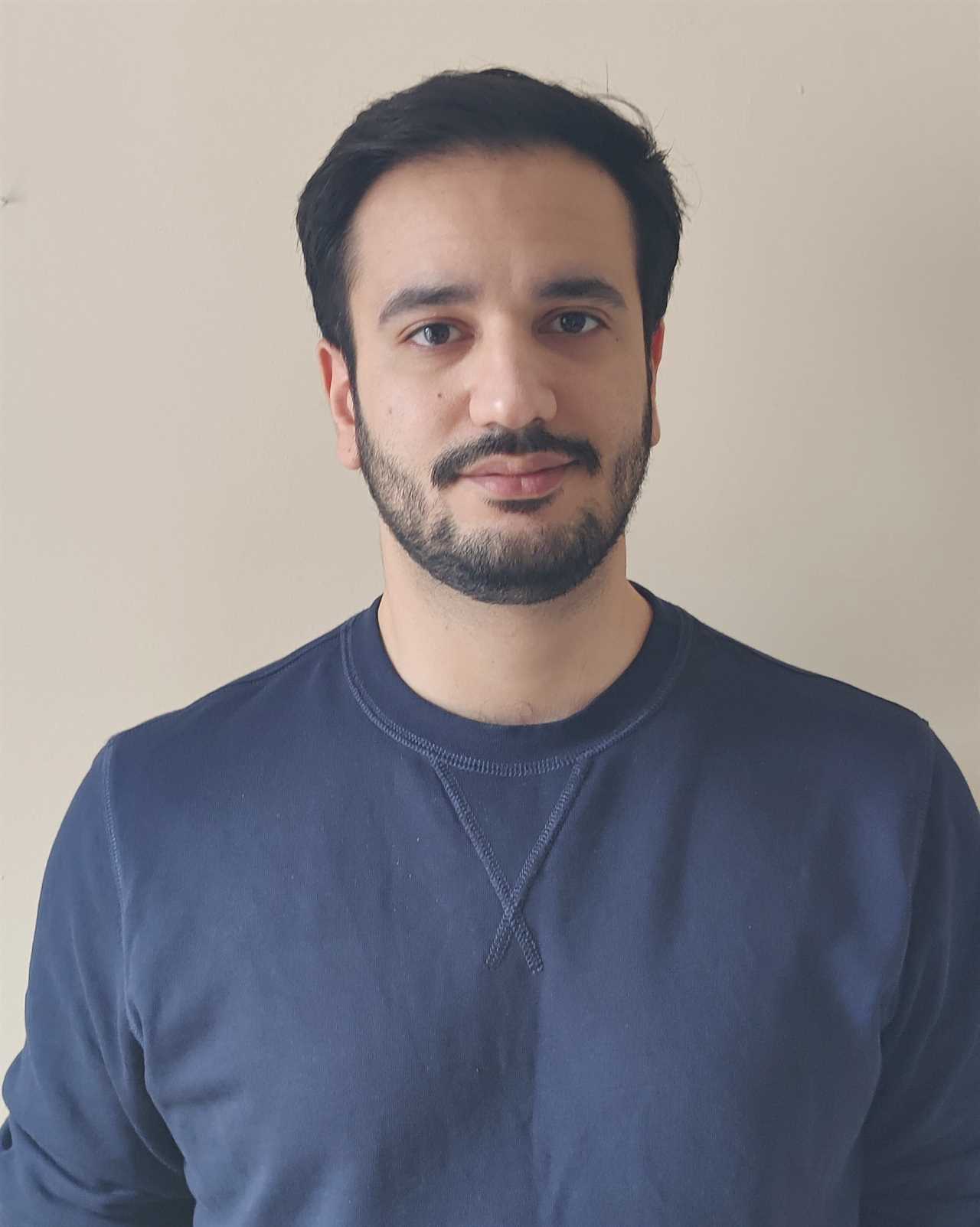
Achilleas Pavlou has spent years studying lucid dreaming, after experiencing it himself at 16
“When we have normal dreams, the frontal layers of our brain to do with higher cognitive abilities like critical thinking are largely shut down. That leads to you not realising you’re dreaming,” he says.
“But when you lucid dream, these parts of the brain light up again and start working more closely to how they work when we’re awake.
“It makes you realise, ‘this is crazy, it’s not real’.”
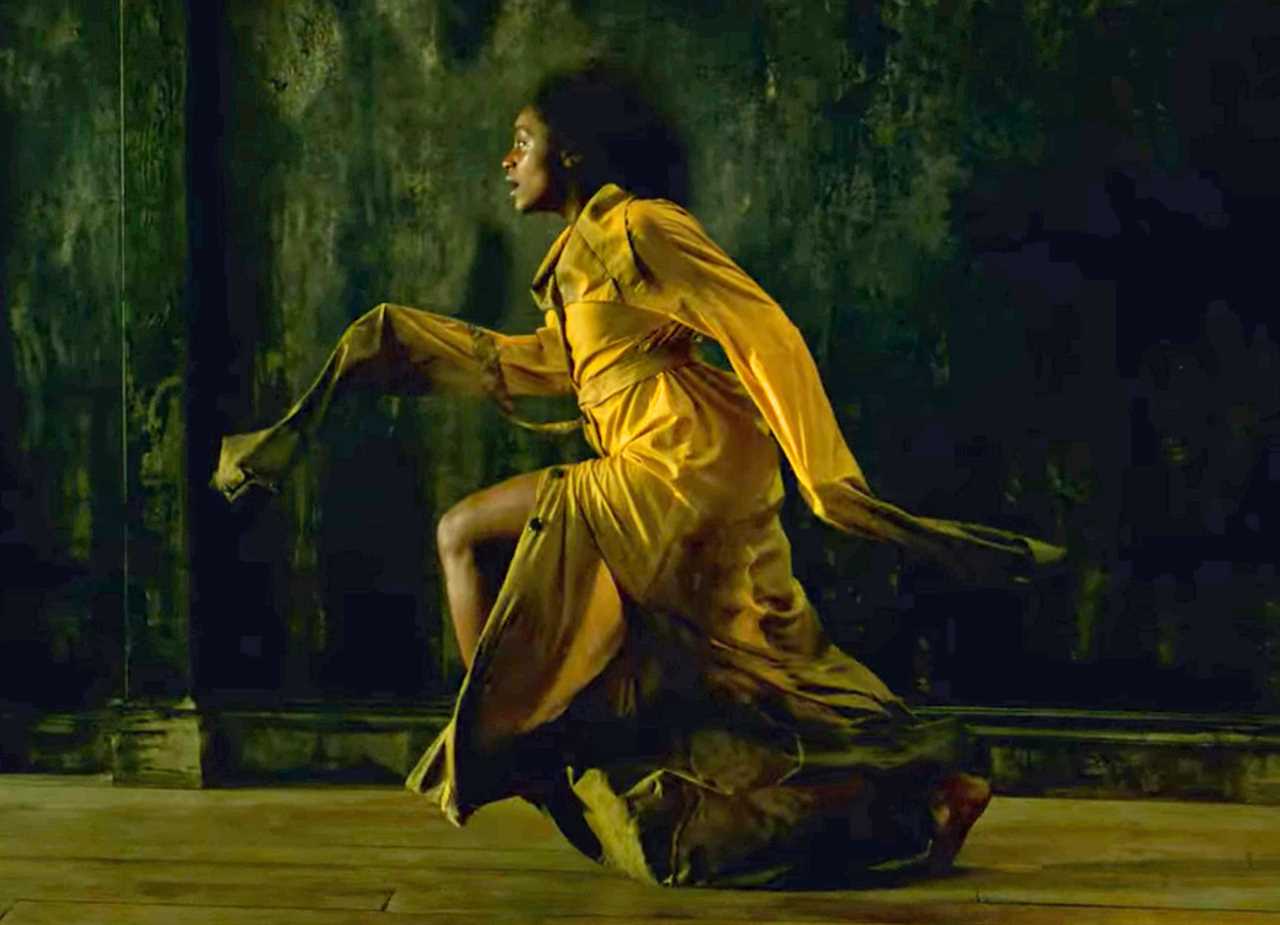
Louise’s dreams would usually begin with her running down a corridor in the Netflix series

The series keeps you guessing throughout over whether Adele is the one at blame, or David
For Pavlou, he says his earliest memory of it happening to him was when he was 16 years old, and managed to fly on demand in his dream.
“I dreamt I was in my room with a friend of mine. Suddenly my mum came into the room, asking how we were,” he claims.
“I looked at her and thought, ‘that’s not my mum’. She was my mum in the dream, but it wasn’t my actual mum. I thought, ‘wait a minute I’m dreaming’, and as soon as I thought it, a bright light burst into the room.
“I thought, ‘I want to fly’. So I opened the windows of my room and flew out. I was so excited.”
So how can you practice it?
Both Shaw and Pavlou says there are some everyday tricks people can adopt if they want to try and encourage it to happen while they’re sleeping, many of which have been studied by scientists right around the world.
The first is a technique called ‘reality checks’ where, throughout the day, you question whether you’re asleep and perform some sort of action that may have a different outcome if you were in a dream.
“One example is pinching your nose and trying to breathe through it,” Pavlou says. “If you do that when you’re awake, it can’t happen as the air is blocked.
“If you do it a couple of times during the day then you create the chance of dreaming about doing it. Then when you do it in your dream, you’ll feel the air moving through you because you’re not actually physically blocking your nose.
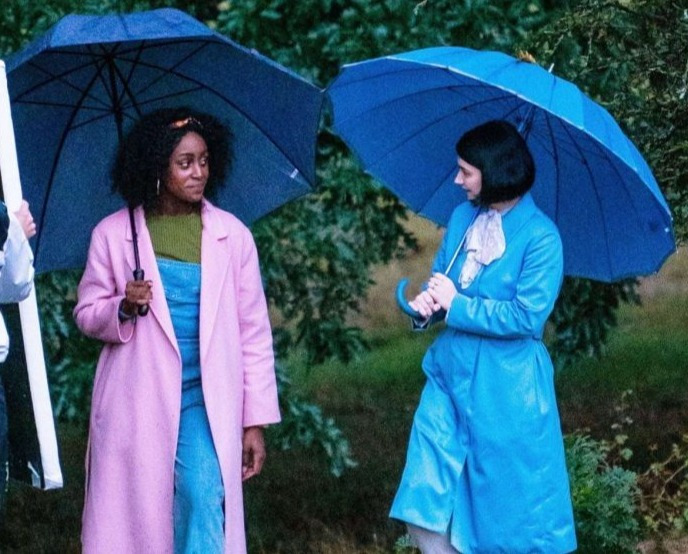
The characters of Louise and Adele strike up a friendship in the series – with Louise unaware of Adele’s spying until the end
“It’s kind of like a lightbulb, you realise you’re dreaming.”
Meanwhile, Shaw says she’s found some ways that work well for her too.
“If you look at your hand, look away and then look back, your hand will change,” she claims.
“You might be missing a finger, it might grow a tree, it might not even be there, because your brain can’t recreate the same detailed image twice in a dream.
“You can also try jumping up with the intention to float. You think, ‘Am I dreaming I wonder if I can hover?’. Gravity doesn’t operate in the same way in a dream – I literally got lucid that way last week.”
The popular film Inception references this technique with a spinning top, which would normally eventually stop rotating but continues eternally when dreaming.
Another technique is called the ‘Wake-Back-to-Bed method’, which essentially requires you to set your alarm a couple of hours before you’d normally wake up, to interrupt your sleep.
“Just that mere action increases the chance of you having a lucid dream,” Pavlou says. “During the point you go back to sleep, your dreams are usually more vivid.”
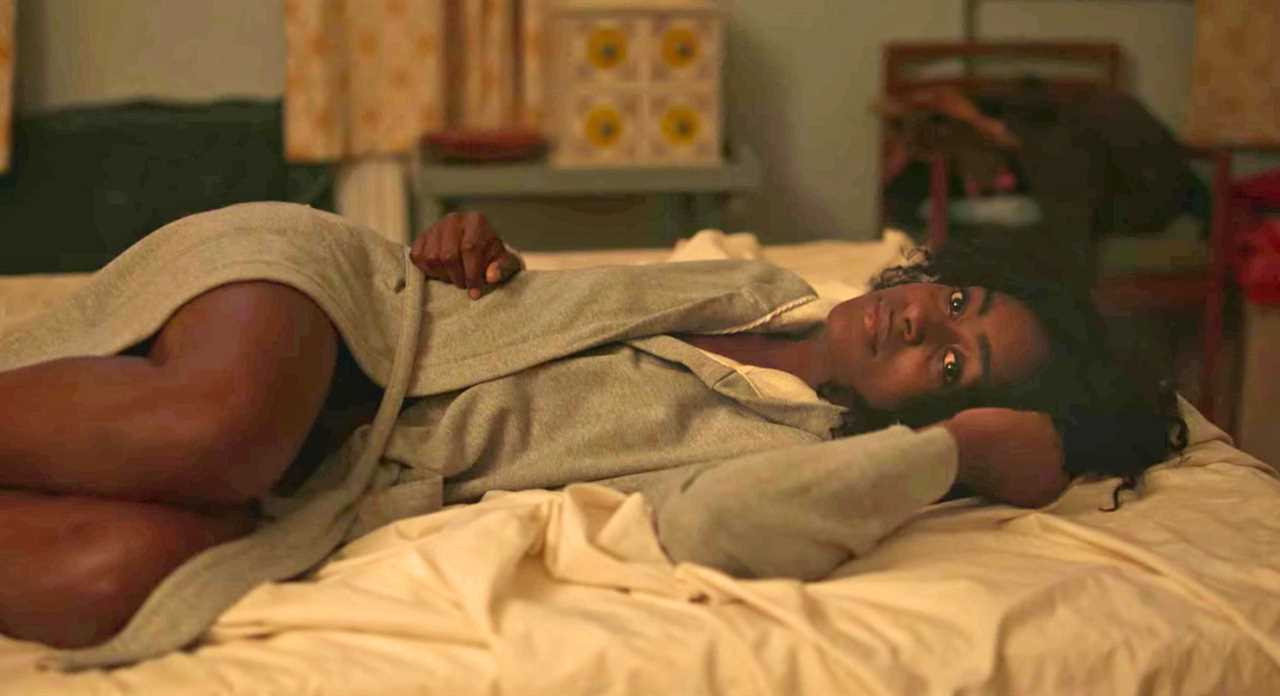
Louise battles night terrors before realising she can control her dreams
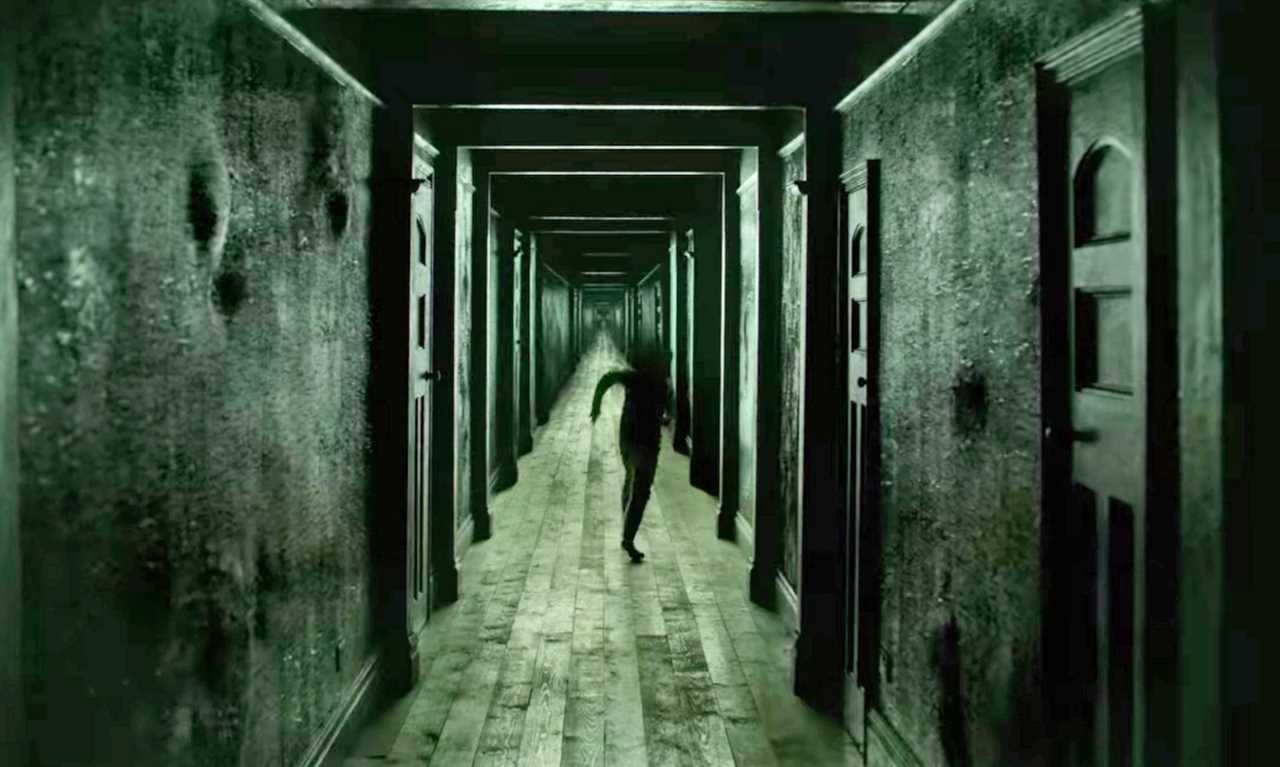
Her dreams see her son run ahead of her through a dark corridor in the series
And Shaw adds: “With the Wake-Back-to-Bed method, you can do it two or three times – at 4am, 6am and 8am, for example.
“It’s worth trying to stay awake for around half an hour, and in that time try and do anything to immerse your mind with lucid dreaming – whether it’s reading a book about it, or focusing on what you want to do in your lucid dream.”
The final cognitive technique Pavlou recommends works hand in hand with the Wake-Back-to-Bed method.
“This time, while you’re falling asleep, you visualise yourself being back in the dream that you’ve just woken up from, if you remember it,” he explains.
“While you’re doing that, you also repeat the mantra: ‘next time I’m dreaming, I want to remember that I’m dreaming’. You set that intention.”
Outside of these everyday techniques, Pavlou has also worked on more in his own lab – which see him add stimuli into the equation, such as a sudden sound or flashing light – triggering someone to realise they’re dreaming.
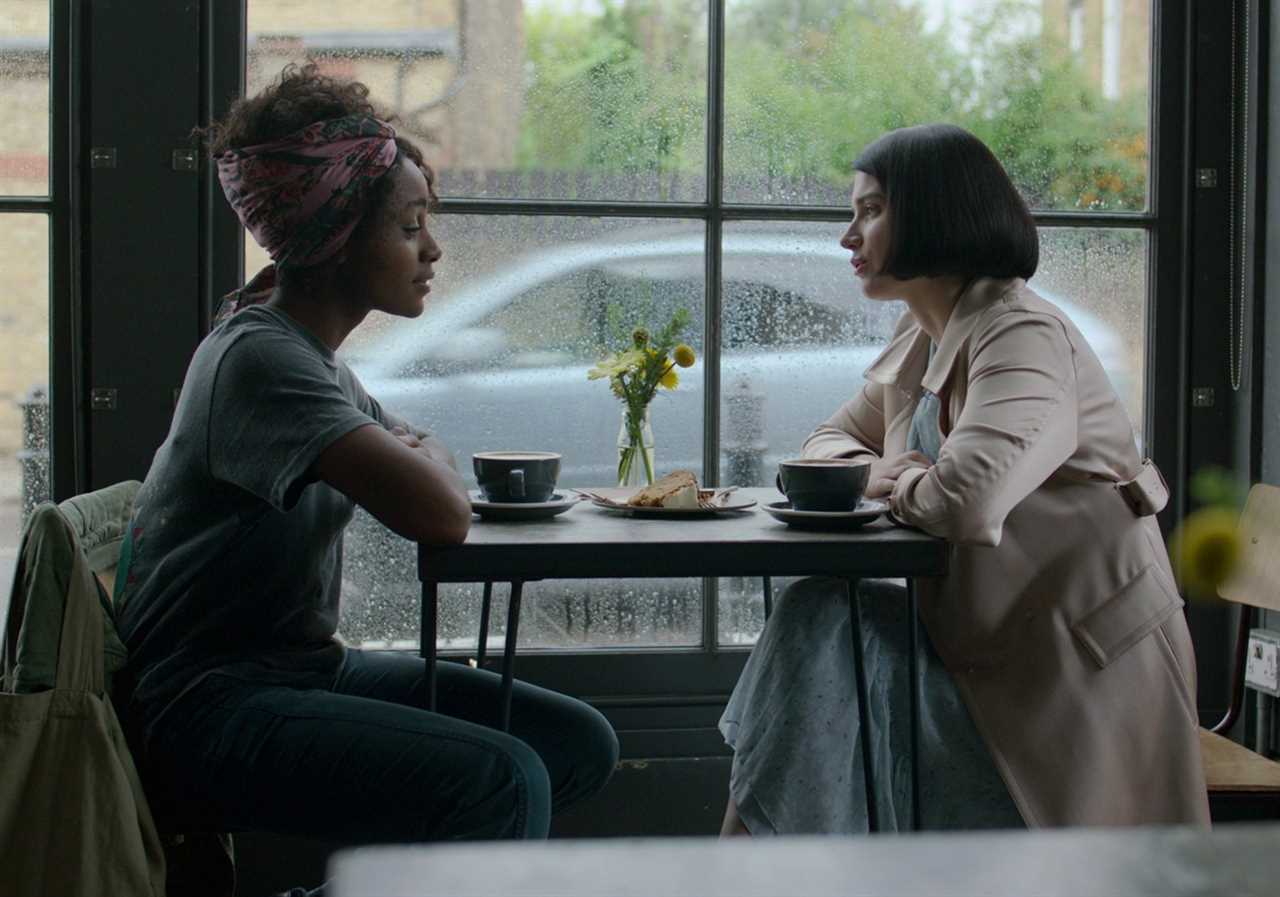
Louise and Adele’s friendship eventually turns sinister
And while mastering lucid dreaming may seem purely entertaining, Pavlou insists it has much bigger benefits for people that suffer from recurring nightmares.
“It’s especially useful for people that have PTSD, like war veterans, that repeatedly dream about a traumatic event,” he says.
‘I found myself at a distance from my physical body’
Behind Her Eyes goes one step further from lucid dreaming, however, and also covers astral projection.
This is defined by some as an intentional out-of-body experience (OBE), where someone’s consciousness is said to be able to leave their physical body – usually when they’re awake, but in a deeply relaxed state.
It’s only introduced in the series towards the end – when (spoiler alert), it’s revealed that Adele has actually been Rob the whole time.
In a series of flashbacks, viewers watch as Rob grows obsessed with Adele’s boyfriend David when they’re younger, and comes up with a sick plan to have him to himself.
Rob is seen tricking Adele into trying astral projection with him, with both of their consciousnesses taking the form of a floating ball of light.
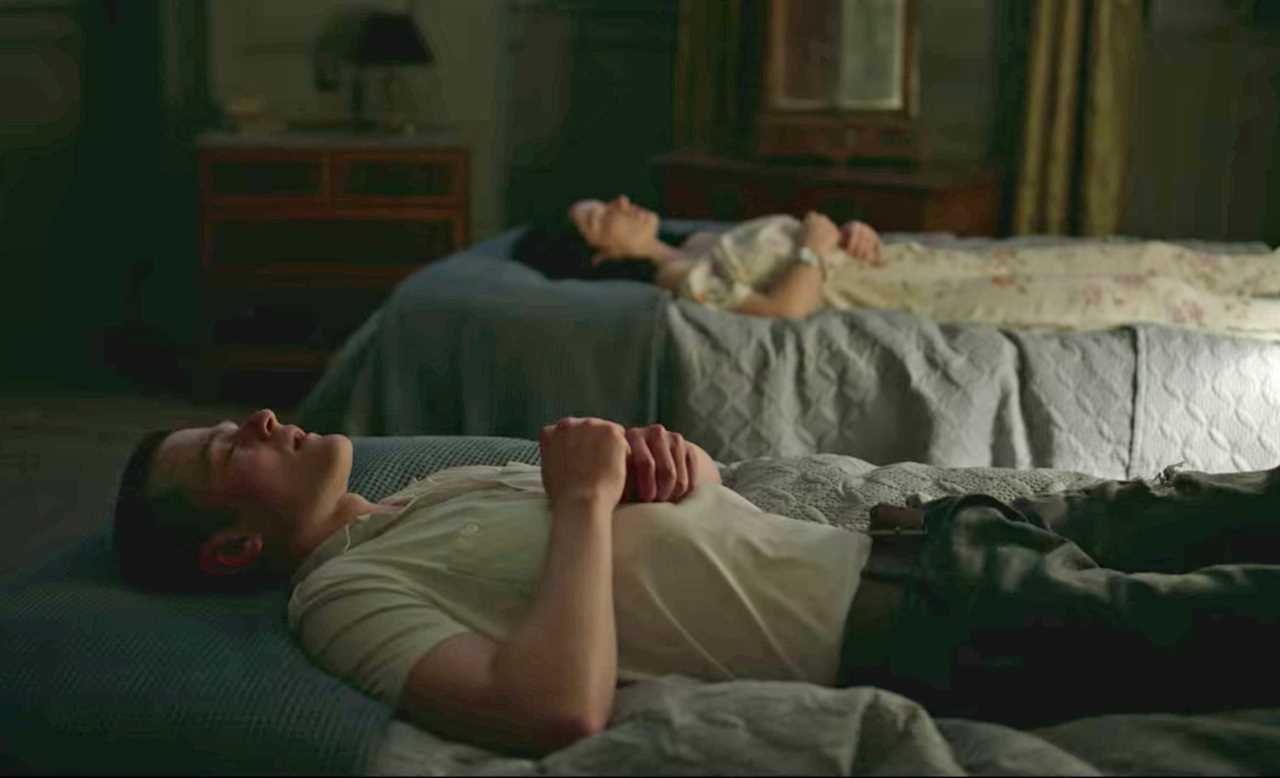
Another major part of Behind Her Eyes is astral projection
He then convinces her to swap bodies with him, before killing his own former body – which now houses Adele’s consciousness – and going on to live as her, with David not having a clue.
Going back to present time, the shocking ending of the series sees him (as Adele) do the same thing to Louise and swap bodies with her, after realising David has fallen for her – all so he can keep him to himself.
Astral projection itself has been explored in many books, podcasts and meditation workshops, but has also been debated in science.
Graham Nicholls, 45, an author who writes about astral projection, claims it’s happened to him “thousands of times” – so much so, he now teaches it.
“The first time it happened to me was 1987, I was 12 years old and I was relaxed, awake, in bed. It was a really unusual, strange experience,” he recalls.

Graham Nicholls says he’s achieved astral projection “thousands of times”
“I didn’t have any major sense of coming out of the body, I also didn’t see my body – which is commonly described – I just found myself at a distance from my physical body, outside the flat I grew up in, in central London.
“I could see the street but I was actually a few feet off the ground, in a vertical position.”
Shaw, meanwhile, claims she experienced astral projection as an adult, after years of lucid dreaming.
“My first adult experience was about seven years ago, in 2013, when I got up to go to the toilet, came back to bed and went straight into what I now know as the vibrational state, which happens just before you have an out of body experience,” she says.
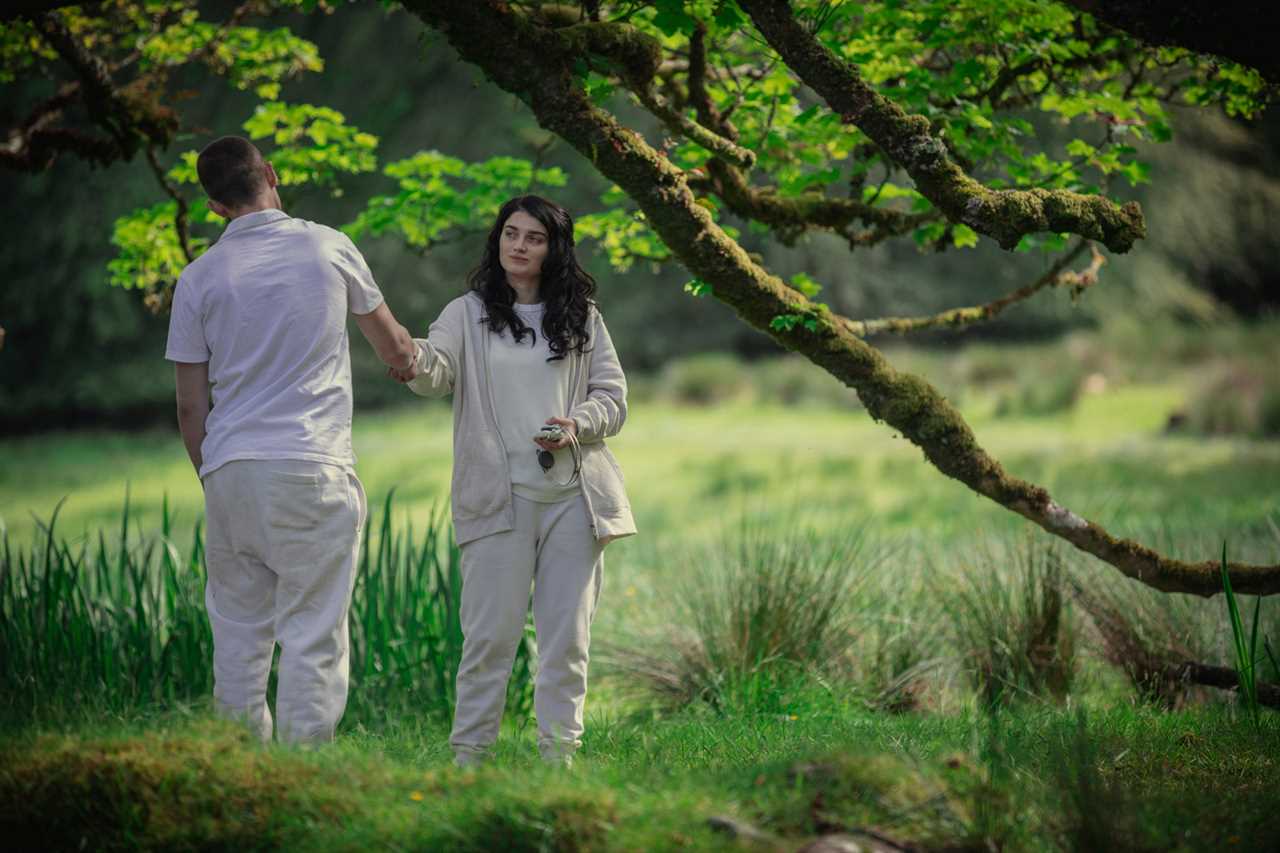
Rob and Adele’s friendship leads to them trying astral projection together – before THAT ending

Adele’s younger character is shown throughout the series, in the form of flashbacks
“Your body starts to vibrate and from there you separate from your body… I rolled out from my body and I was in my room, looking back at my body.”
She adds: “In the series, when they perceive themselves as energy balls floating around, that’s a correct depiction in my experience.”
There are a few things Shaw recommends people try if they want to give astral projection a go.
She claims the key is to be completely relaxed and says: “Step one is ‘mind awake, body asleep’ state, which is your body completely relaxed but your mind awake and aware.
“Really basically, people can breathe in for 4, hold for 7 and breathe out for 8, repeating it for 10 minutes.
“On the exhale, imagine you’re releasing any tension from different areas of your body.
“The second stage is a vibrational state technique. One example is imagining a white light in the distance coming towards you.
“As it comes towards you it get bigger and more powerful, until it’s right in front of you. Then it enters your forehead, and as it does it fills your body with vibrating energy.
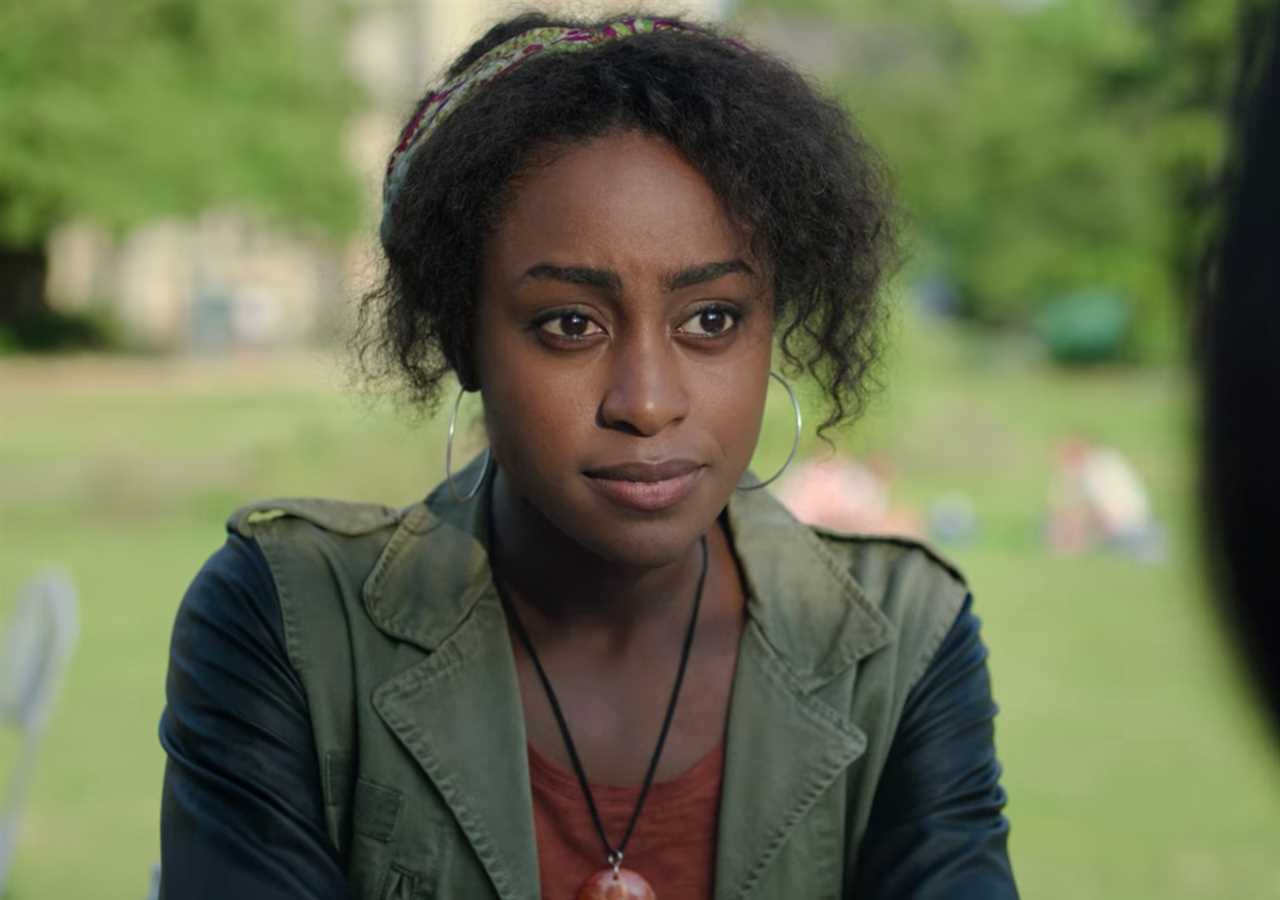
The shocking ending sees Louise swap bodies with Adele unintentionally
“Then to have the out of body experience, you want to imagine rocking from side to side, and when it feels like you’re really moving and you’re questioning if you’re moving, ‘rock all the way out of the body’ to one side.”
Both Nicholls and Shaw also say sensory deprivation has helped them – with examples being closing the curtains, wearing an eye mask or wearing ear plugs – helping you “disconnect from your physical body”.
‘Our normal everyday senses can get in the way’
While studies are ongoing into astral projection, Nicholls says, from his perspective, it comes down to the idea that consciousness, perceptions and senses can extend beyond the brain.
“There’s various theories… Sir Roger Penrose has put forward the Orchestrated Objective Reduction theory,” he explains.
“In a nutshell, it states that low level structures of cells in the human body might be entangled in some way, so they’re extended beyond the bounds of the physical body.
“So in some way, that allows for the consciousness to arise… or for perceptions beyond the brain.”
According to Live Science, “there’s really no way to scientifically measure whether or not a person’s spirit ‘leaves’ or ‘enters’ the body. The simplest and best explanation for out-of-body experiences is that the person is merely fantasizing (sic) and dreaming”.




















